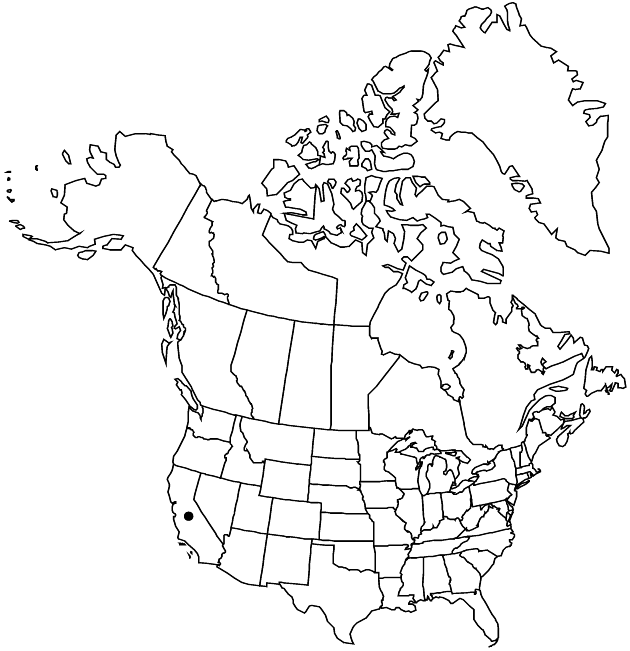Acourtia microcephala
in A. P. de Candolle and A. L. P. P. de Candolle, Prodr. 7: 66. 1838.
Plants 60–120 cm. Leaves cauline; sessile; blades oblong-ovate to elliptic, 5–15 cm, bases cordate, clasping, auriculate, margins spinulose-denticulate, faces densely glandular-scabrid. Heads in paniculiform arrays. Involucres turbinate to campanulate, 6–8(–10+) mm. Phyllaries in 3–4 series, linear to oblanceolate, apices acute to acuminate or mucronate, margins and abaxial faces glandular-hairy. Receptacles alveolate, glandular-hairy. Florets 10–20; corollas lavender-pink, 6–12 mm. Cypselae cylindric, 1.5–6 mm, bristly glandular-puberulent; pappi tawny, 6–10 mm. 2n = 54.
Phenology: Flowering May–Jul.
Habitat: Gravel and caliche soils in scrub oak, oak woodlands, and chaparral
Elevation: 60–1300 m
Distribution

Calif., Mexico (Baja California).
Discussion
In the flora, Acourtia microcephala is restricted to the dry areas of California from Monterey to San Diego counties and on the Channel Islands.
Selected References
None.